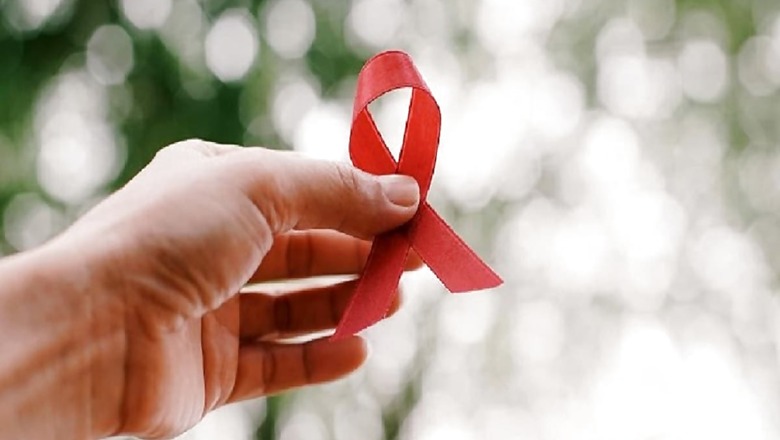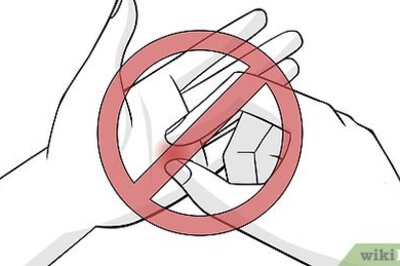
views
As we observe World AIDS Day today on December 1, it’s time to show support for people diagnosed with HIV and those who have died because of AIDS. The Acquired Immunodeficiency Syndrome (AIDS) is caused by the Human Immunodeficiency Virus (HIV), which can be a life-threatening condition. The HIV virus attacks the immune system of the person and affects its resistance to other diseases. HIV is also passed on through contact with bodily fluids.
HIV is a retrovirus which attacks a specific category of immune system cell in the body identified as the CD4 helper cell or T cell. Once HIV destroys this particular cell, it becomes difficult for the body to combat other infections. When HIV infects a cell, it attaches to the host cell first and fuses with it. HIV bears single-stranded RNA which is its genetic material. It is opposed to the double-stranded DNA which human cells carry.
HIV does not only attack CD4 cells, the retroviruses have an enzyme reverse transcriptase. The copy machinery sanctions it to replicate RNA into DNA and use the DNA “copy” to contaminate human, or host, cells. When HIV destroys CD4 cells by converting to make more of the virus, it ultimately results in the CD4 cells to swell and burst. When the CD4 count drops below 200, the patient will have developed AIDS. This process of RNA converting into DNA by the virus is called reverse transcription. After making new copies of HIV, it leaves the host cell and moves on to damage other cells.
HIV, if left untreated, a minor infection like cold can be felt more severe. This happens because the body is facing difficulty in responding to new infections. It is essential to understand that progressions in HIV treatment, today have made it possible people can live longer and healthier lives.
Read all the Latest News, Breaking News and Coronavirus News here




















Comments
0 comment